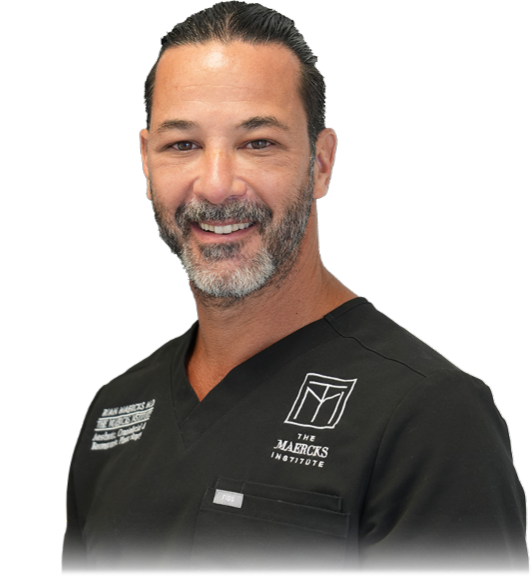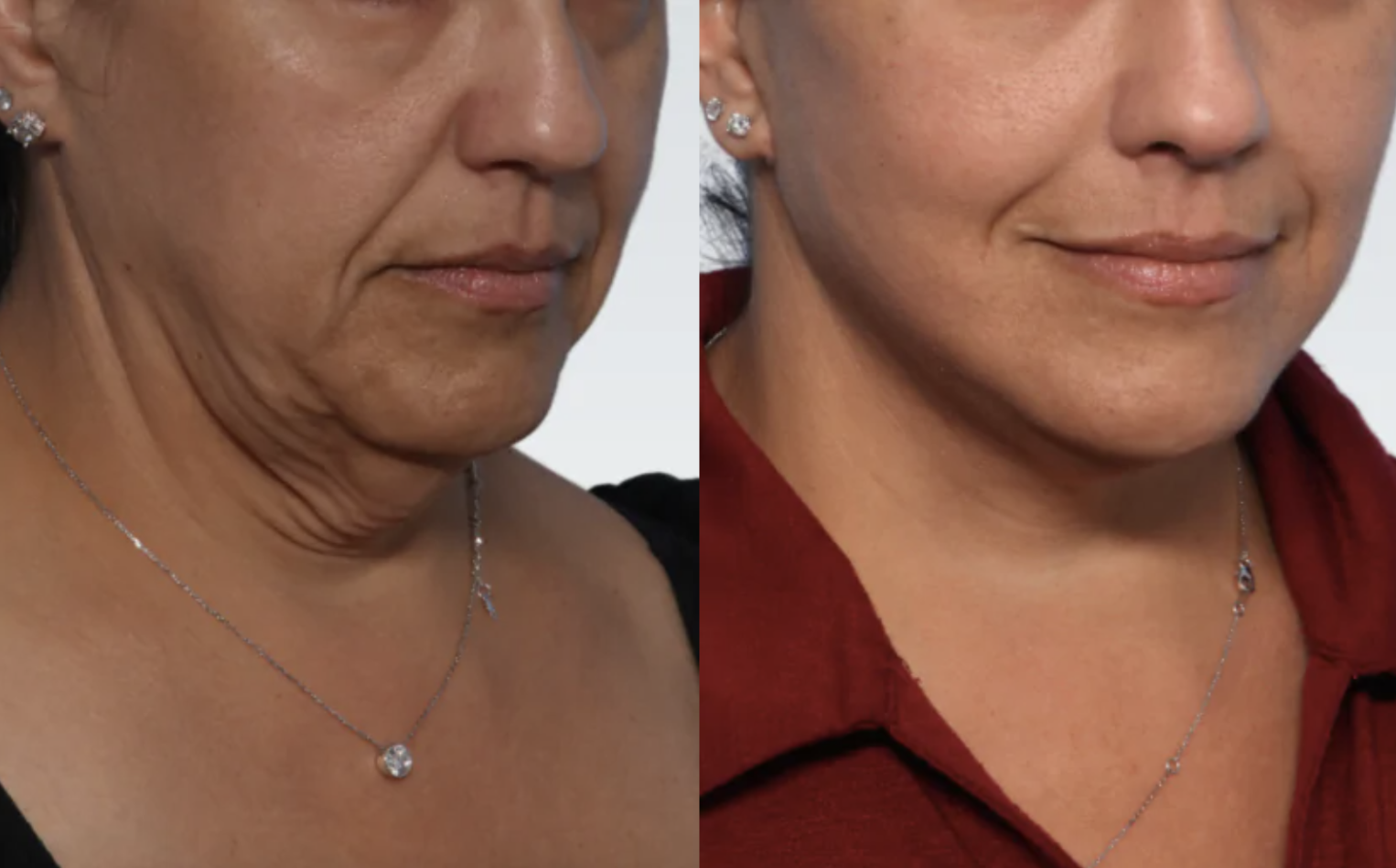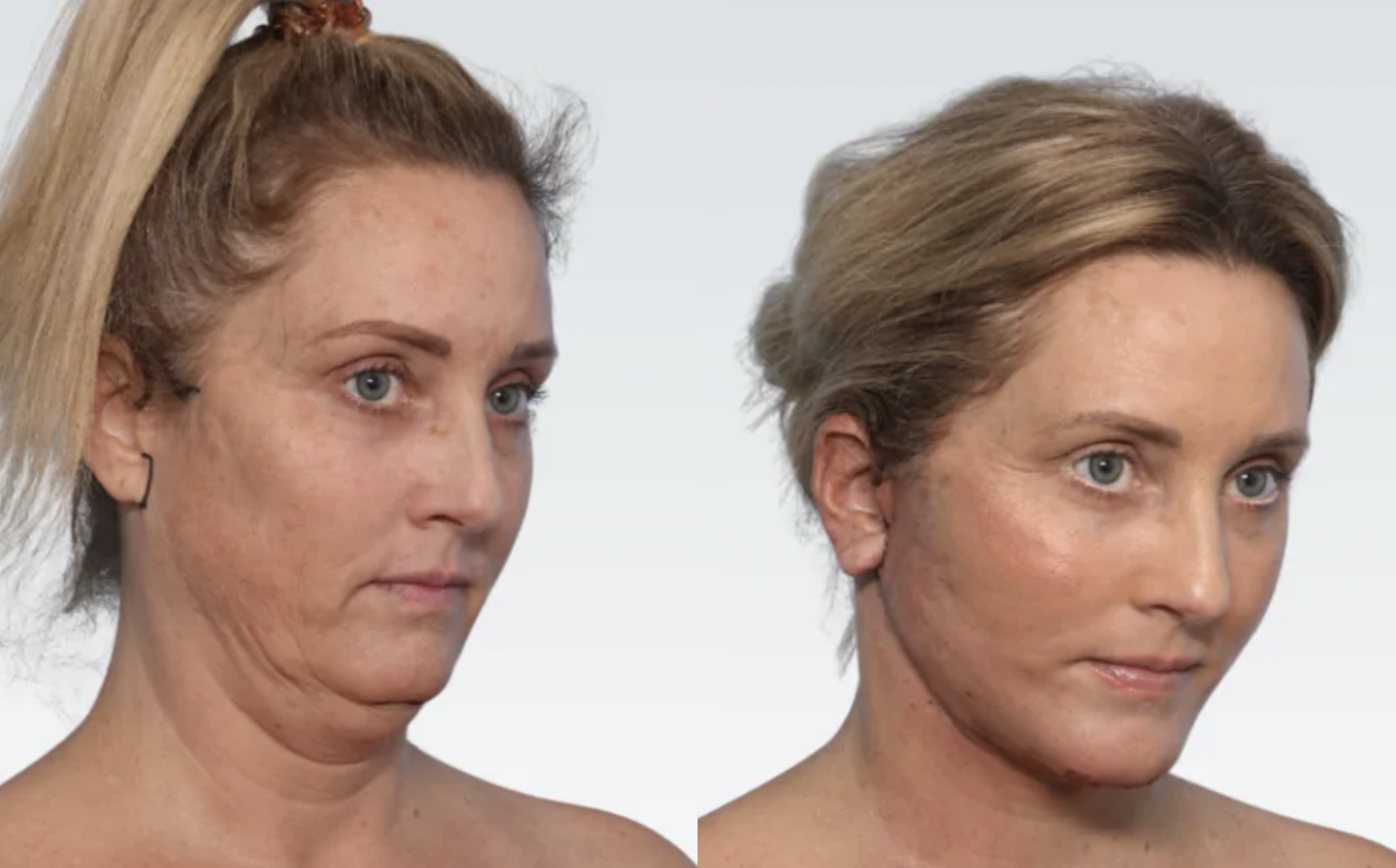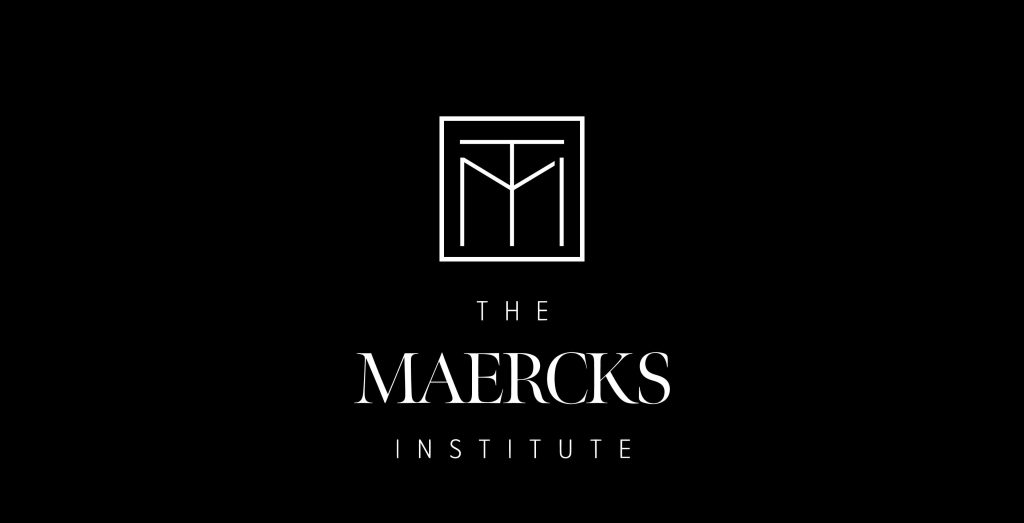Chest Masculinization
Conveniently located to serve the areas of Miami, FL

At The Maercks Institute, we want to help you be yourself. Dr. Rian Maercks specializes in performing chest masculinization surgery for trans men who want to remove their natural breasts in order to connect their physical appearance with their gender identity.
Contents
Transition into yourself
Chest masculinization (also known as “transgender mastectomy”) is a surgical procedure in which the natural breast tissue is removed to create a chest that appears as male. This procedure can have a highly positive impact on the emotional well-being of trans men who are unhappy with having breasts.
Although every transgender individual will make personal decisions on how far they want to go with their physical transition, many trans men choose to undergo chest masculinization because breasts are so connected to the idea of femininity. Having them can make a trans man feel like he is not himself, as if he’s trapped within his own body. This often results in severe low self-esteem and quality of life.
What to expect during your consultation
Your private, confidential consultation with Dr. Maercks is where you’ll be able to ask any questions you may have or voice concerns about the procedure. We encourage you to make a list of these questions and concerns and bring it along so you don’t forget anything you’d like to know. Dr. Maercks will ask where you are in your transition and what your personal aesthetic goals are. He will go over your medical and surgical history and will ask about allergies and any medications you’re currently taking (including herbal supplements, alcohol, tobacco, etc.). Dr. Maercks will also examine you physically. He will need to assess your breast size, shape, quality of skin, and the placement of your areolas. This will help him determine which surgical technique is best for you. He will go over your options, making recommendations, and explaining how each procedure is done. He will also go over any risks and what to expect during recovery.
The importance of working with a specialist
When it comes to your body, it’s of the utmost importance to only work with an experienced, board-certified surgeon with an outstanding reputation who is a specialist in this field. This is because a specialist will understand that this procedure is more than just a breast reduction — it’s chest masculinization.
There are things that make a chest prominently male, including contour, areola size, and the placement of the nipples. It’s not just about achieving a smaller chest; it’s about making it masculine. A good surgeon will be aware of this and will know how to accomplish it.
Chest masculinization surgery details
Chest masculinization surgery is typically performed under general anesthesia. Dr. Maercks will select from several techniques to remove breast tissue to flatten the chest, and the type of incision used will be based on the size of the breasts. Some chest masculinization techniques include:
Double incision
This method delivers the flattest results and is best for areola customization. During the procedure, the areolas are completely removed from the chest and prepped for re-attachment. Incisions are made along the fold of the breast, with a secondary incision being made higher up on the breast. The breast tissue and excess skin are removed, and the skin edges are then lined up perfectly and closed with sutures. Dr. Maercks will then place the areolas and nipples in their new location.
Periareolar incision
This method is an excellent option for those with mild to moderate excess skin. Incisions are made around the areolas, and a curved incision is then made to remove the breast tissue. From there, Dr. Maercks tightens the skin and closes the incisions with sutures, leaving behind a flatter, more masculine chest.
Keyhole incision
This technique is optimal for those with very little excess skin and breast tissue. An incision is made along the bottom of the areola, and liposuction is used to remove breast tissue through this incision. Patients do not lose nipple sensation with this method, as the areola is not re-sized.
Recovery
The majority of patients are able to return to desk-type work between 2 and 3 weeks, and very light exercise in 3 to 4 weeks. High intensity workouts and strenuous physical activities will need to be avoided for two months following the procedure. You will need to wear the compression garment for 5 to 7 days to help with swelling and healing. In addition to the garment, some patients will have to have drains placed for approximately one week to collect excess fluid. Bruising, swelling, slight pain, and numbness are common side effects for the first few days following surgery.
Results
Early results can be seen one week after surgery and will get better and better each day, but final results won’t be apparent until 6 to 12 months. During the recovery period, your new chest will take shape, with a more masculine contour. Be patient with the incisions, as they may take a while to heal and fade into a normal color. Patients should be aware that some nipple sensation will most likely be lost, but the freedom they enjoy with their new body is well worth it. No more hot, itchy, uncomfortable chest binders — just regular shirts and plenty of comfort.
Why choose The Maercks Institute?
Don’t be afraid to take your next step. Dr. Maercks finds it incredibly rewarding to help his transgender patients achieve the body that represents their identity. Known for his transgender procedures for the face, chest, and genitalia, Dr. Maercks has changed the lives of thousands of patients over the years. As a board-certified cosmetic surgery specialist who views patients in a manner that is anything but cookie-cutter, he makes it a priority to see each patient as the unique individual they are in order to design a treatment plan just for them and their needs. Dr. Maercks elevates the standard of patient care and safety in every procedure that he performs, and uses attention to detail, experienced judgement, and artistic vision to achieve optimal results for his patients. At The Maercks Institute, we are dedicated to the beautiful, natural human form. If you’re interested in chest masculinization at our Miami surgical center, we welcome you to contact us for a consultation.





